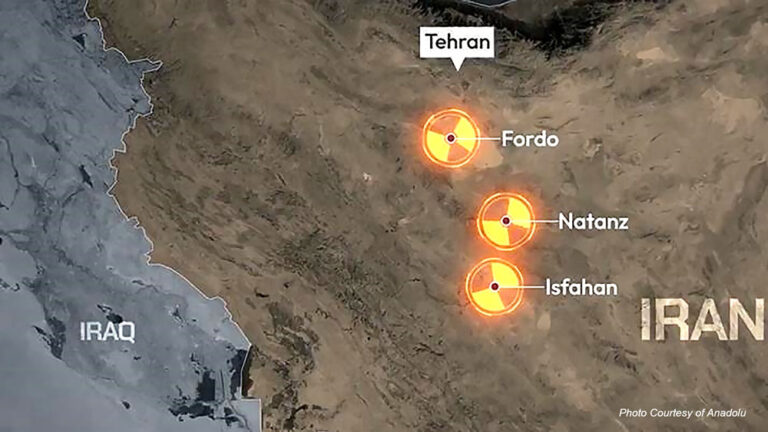While SEAL Team 6 descended upon Osama Bin Laden’s compound in Abbottabad, Pakistan in 2011, they used hyperspectral imaging to gain an edge in nighttime urban combat. But China is soon bringing that advantage to space, preparing to launch the world’s most powerful hyperspectral imaging satellite.
Electro-optical devices like cameras and infrared sensors generally observe only one band in the electromagnetic spectrum, i.e. cameras observe the band visible to human eyesight and infrared cameras view the infrared band. Hyperspectral cameras and sensors, on the other hand, can simultaneously view hundreds of electromagnetic bands for a single image, building a layered ‘cube’ of the image in different electromagnetic wavelengths. The use of such a wide range of wavelengths provides the ability to observe objects which conceal their emissions in one part of the spectrum (i.e. stealth aircraft and thermally suppressed engines) or are hidden (such as underground bunkers).
Since the 1970s, China has a strong history of scientific and civilian utilization of hyperspectral imaging. Space-based platforms include the Chang’e lunar missions and Earth-observation from the Tiangong space station and HJ-1 small satellite. Aircraft-mounted hyperspectral imagers are used for tasks such as environmental surveys, oil prospecting, disaster relief and crop measurement. As computer processing power improves and hyperspectral sensors get smaller, Chinese civilian and military applications are likely to expand.(Jeffrey P. Lin and P.W. Singer)
LInk: http://atimes.com/2016/01/china-to-launch-worlds-most-powerful-hyperspectral-satellite/



